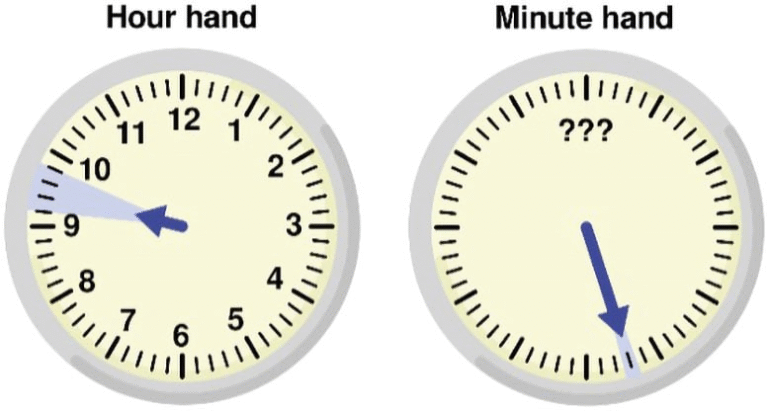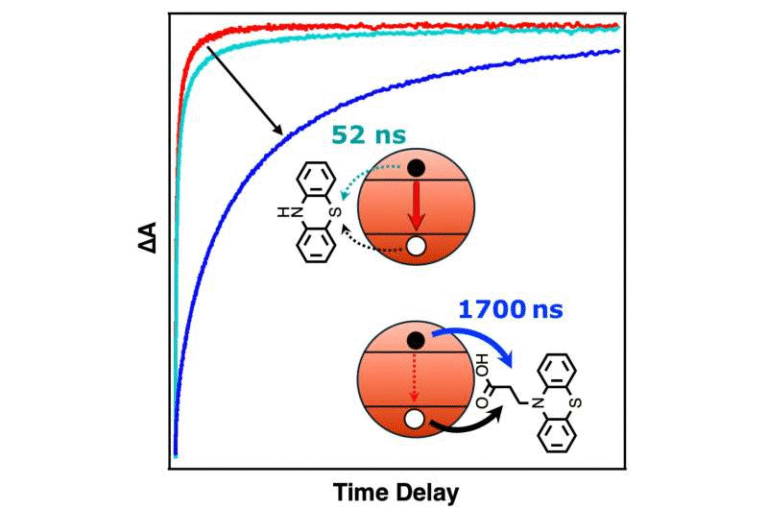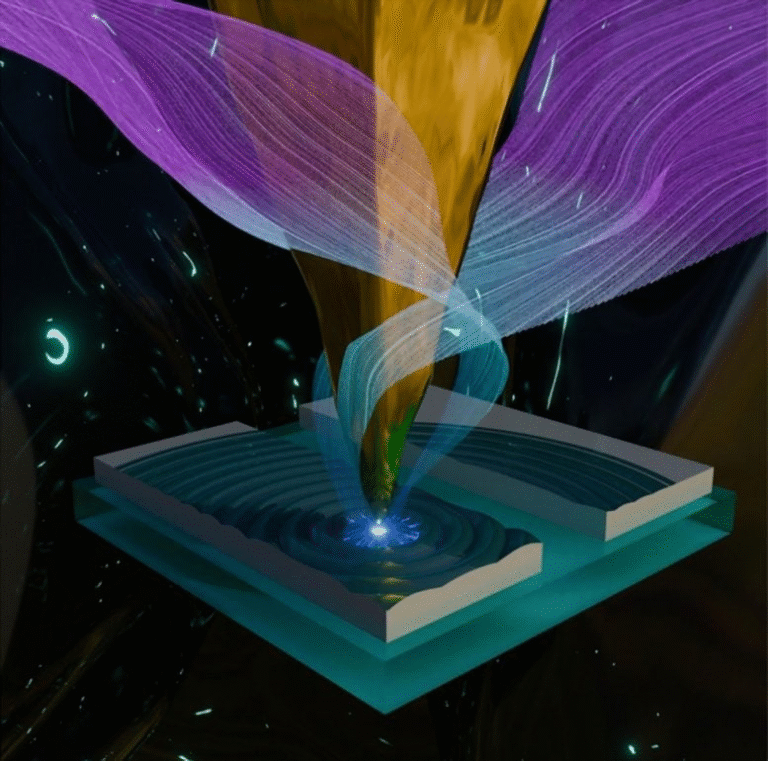2024 Photonics Breakthroughs Reveal How Free Electrons Interact With Nonlinear Light States

A team of researchers from Switzerland and Germany has pulled off something that’s turning heads in the world of photonics — they’ve managed to couple free electrons with nonlinear optical states inside chip-based microresonators. It sounds complex, and it is, but it could reshape the way scientists control light and electrons for next-generation imaging, quantum technologies, and ultrafast electronics.
The research, led by Dr. Yujia Yang and Prof. Tobias J. Kippenberg from the Swiss Federal Institute of Technology Lausanne (EPFL), along with Prof. Claus Ropers from the Max Planck Institute for Multidisciplinary Sciences in Germany, reviews and expands on some of the most exciting photonics breakthroughs of 2024. The findings have been published in the IEEE Photonics Journal and represent a major step forward in nonlinear integrated photonics and electron microscopy.
Understanding Nonlinear Optical Dynamics
Before diving into what’s new, it’s important to understand what nonlinear optical dynamics means. In simple terms, nonlinear optics deals with how light behaves when it interacts with materials at very high intensities. Normally, light travels through materials without changing much, but under intense light—like that from a laser—the material’s response becomes intensity-dependent. This is where nonlinear effects like the Kerr effect and electro-optic effect come in.
These effects have already been put to great use in devices called microresonator-based optical frequency combs, often just called microcombs. These are tiny, chip-integrated devices that take a single laser frequency and turn it into a spread of evenly spaced light lines, much like the teeth of a comb. The technology is already transforming frequency metrology, optical communications, and signal processing, while also finding roles in optical computing and precision spectroscopy.
What’s New in 2024
The new study takes things several steps further. Researchers reviewed a series of recent breakthroughs involving free electrons—the electrons that are not bound to atoms—and their interactions with light. Normally, these interactions are explored using electron microscopes, but this time, scientists managed to combine electron microscopy with advanced nonlinear optical devices.
In particular, the team demonstrated how free-electron beams inside a transmission electron microscope (TEM) can interact with nonlinear optical states generated within a chip-based photonic microresonator. This is the first time such coupling has been demonstrated in this way.
One of the headline results was the ability to modulate an electron beam using femtosecond temporal solitons—extremely short and stable pulses of light that form within the microresonator. The modulation of the electron beam happens on an ultrafast timescale, offering control that was previously out of reach for conventional electron microscopy.
The researchers also discovered that different types of optical waveforms—such as coherent microcombs or incoherent optical parametric oscillations—produce distinct effects on the electrons. This means scientists can now “tune” how electrons interact with light by controlling the spatiotemporal structure of the optical field within the microresonator.
The Importance of Nonlinear Microresonators
High-quality-factor, or high-Q microresonators, are the backbone of this discovery. A high-Q factor means that the microresonator traps light for a long time, allowing it to build up in intensity. This makes it possible to explore and exploit nonlinear effects that would otherwise be too weak to detect.
Most earlier studies that explored electron-photon interactions in similar systems were limited to the linear regime—that is, they only looked at how electrons respond to regular light fields. This new research shows that when you introduce nonlinear optical dynamics, such as those produced by temporal solitons or microcombs, the interactions become richer and much more tunable.
Such control opens new possibilities for electron beam shaping, coherent modulation, and dielectric laser acceleration—where lasers are used to speed up electrons without traditional magnetic fields. It could also enable attosecond electron bunching, allowing for experiments that probe events occurring in less than a billionth of a billionth of a second.
Expanding Frontiers in Electron-Photon Science
The review doesn’t stop at this one demonstration. It also highlights a variety of other cutting-edge photonics achievements made in 2024:
- Attosecond electron microscopy made possible through free-electron homodyne detection, which provides unprecedented temporal resolution.
- Probing polariton wavepackets using free-electron resonant interferometry, which combines quantum optics concepts with electron beam control.
- The generation and analysis of chiral electron coils, opening doors to manipulating electron spin and orbital angular momentum.
- Exploration of the ultrafast Kapitza–Dirac effect, where electrons diffract off standing waves of light—this time in a newly extended regime.
Together, these developments illustrate a fast-moving field where light and electrons are being coupled and controlled in new and imaginative ways.
Why This Research Matters
The implications are far-reaching. By bridging nonlinear optics and free-electron physics, this work could lead to a new generation of ultrafast instruments capable of imaging and manipulating matter on both spatial and temporal scales never achieved before.
Here’s why this is exciting:
- For microscopy and spectroscopy – Nonlinear coupling could make it possible to obtain images and data at attosecond timescales, letting scientists observe atomic-level events as they happen.
- For free-electron light sources – The principles demonstrated here could help design compact, tunable light sources powered by electron beams interacting with nonlinear photonic fields.
- For quantum optics – The ability to couple electrons with nonlinear optical states paves the way for hybrid systems that combine quantum light with quantum particles, potentially enabling new forms of quantum control.
- For laser-based particle accelerators – Chip-scale dielectric laser acceleration could benefit from these findings, offering smaller and more efficient acceleration technologies.
In essence, this isn’t just another photonics paper. It’s a sign that researchers are learning to connect the quantum world of light with the charged-particle world of electrons, using the same compact and scalable photonic technologies that power modern communications and computing.
A Quick Look at Nonlinear Optical Effects
Since nonlinear optics plays such a key role here, it’s worth a brief refresher on the main effects at work:
- Kerr Effect: The refractive index of a material changes with the light intensity passing through it. This is essential for forming solitons in microresonators.
- Electro-Optic Effect: The optical properties of a material change when exposed to an external electric field, enabling modulation and switching in photonic circuits.
- Optical Frequency Combs: These are spectra made up of evenly spaced frequency lines, generated when light in a nonlinear medium forms stable modes—key for precision measurements.
- Solitons: Self-sustaining light pulses that maintain their shape while traveling through a medium, often used in fiber optics and now, as seen here, in microresonator-based systems.
Understanding and manipulating these effects underpins the growing field of nonlinear integrated photonics—a field at the intersection of physics, materials science, and engineering.
The Road Ahead
The researchers expect that future work will push these concepts even further. They anticipate new methods for electron control, advanced measurement schemes, and novel free-electron light sources. There’s also interest in exploring quantum-level coupling between single electrons and optical states, which could open entirely new domains in quantum microscopy and spectroscopy.
While it’s still early, these results show that the integration of nonlinear photonics and free-electron systems is not just theoretically appealing—it’s now becoming experimentally feasible.
For now, this 2024 review serves as a milestone summarizing a year of major advancements that could define the next phase of ultrafast photonics and quantum electron science.
Research Reference:
Yujia Yang, Tobias J. Kippenberg, Claus Ropers et al., Photonics Breakthroughs 2024: Free-Electron Interaction With Nonlinear Optical States, IEEE Photonics Journal (2025). https://ieeexplore.ieee.org/document/11146563





